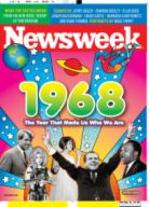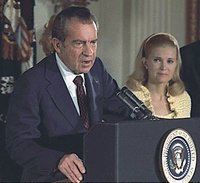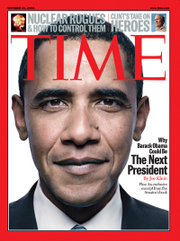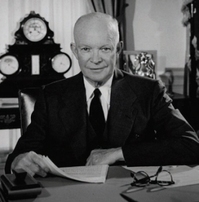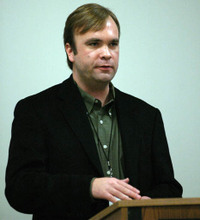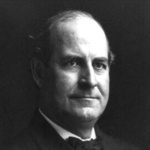The 1967 Game
Time to Bury 1968
It is time Newsweek, and everyone else in the Washington Village, buried 1968. It is past time for us to...
Read moreRun Against Nixon
Running against Nixon is a narrative which puts the 2008 choice into perspective, and which will create enthusiasm for a...
Read moreThis Week’s Clue: Let Obama Be Reagan
Obama is, sad to say, lost without my book. My book? Well, when your subject heading of "political philosophy" approaches...
Read moreLight of Day
One of the smaller, and more delicious, scandals now brewing is something I've written about here before. This is the...
Read moreEisenhower Democrats
It's partly because of our longer life spans that the eerie, BizarroWorld comparisons between our time and 1967 come so...
Read moreThesis, AntiThesis, or Why Clinton Will Win
Today's Democratic Party is coalescing around Hillary Clinton for the very same reasons Republicans rallied to Nixon. They fear standing...
Read moreDon’t Take History Personally
Nixon's answers to these questions were no different, and no better, than those Atrios and Digby offer now. In Nixon's...
Read moreThe 1967 Game: Who Are Your Parents Now?
For many of my black neighbors, it's still 1967, but 1967 as it was in white America. Remember, we're now...
Read moreThe Populists
People of faith have OD'ed on hate and are slowly rejecting it, just as 40 years ago middle America overdosed...
Read moreTin Lizzie Days Ahead?
The all-American answer to this is to let innovators such as HyPower Fuel give their ideas a go in the...
Read more

